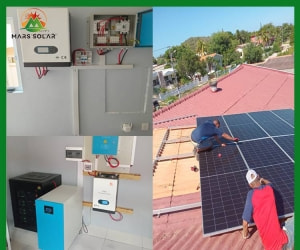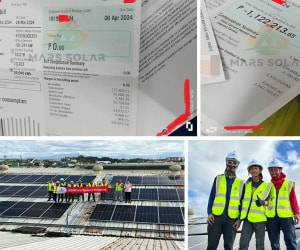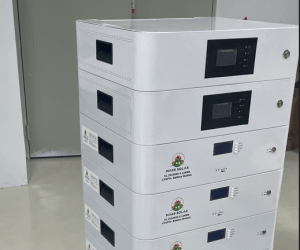On January 28, the European Commission adopted the most comprehensive amendments to Generator Solar System energy statistics regulations ever to further support the European Green Deal. The amendments, which will come into force in February this year, will provide statistics to monitor a number of policy initiatives to decarbonise the European economy, including the Energy Union, the Fit for 55 programme, and the Hydrogen Strategy and Battery Initiative. The new statistics will be available for the first time in 2022. EU Economic Commissioner Paolo Gentiloni said the revision was a milestone on the road to the EU's transition to a climate-neutral economy.
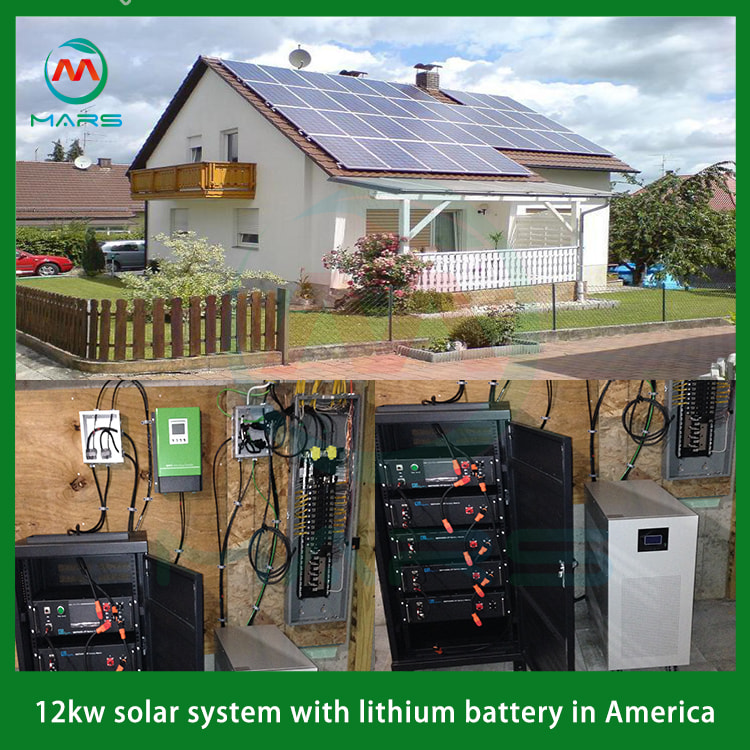
After the revision, Eurostat will publish new and more detailed data, mainly including:
One is data on new energy carriers, such as hydrogen, which will play a key role in hard-to-decarbonize industries such as maritime and air transport. The new statistics will differentiate between green hydrogen (produced from renewable energy) and hydrogen produced from oil or natural gas, and will include data monitoring how hydrogen is used in the economy.
The second is to decentralize electricity production data to monitor small producers, such as households and companies that install their own solar photovoltaic panels on their roofs, or agricultural/forestry companies that use biomass and biogas to produce their own electricity. This data becomes increasingly important as the European Union Renewable Energy Directive (EU) 2018/2001 encourages consumers to play an active role in the energy market by becoming small producers themselves.
The third is data related to large batteries, which are crucial for storing electricity and stabilizing future smart grids and will support the EU battery initiative.

Fourth, other renewable fuel-related data. Such as detailed characterization of heat pumps and closer monitoring of solar photovoltaic (PV) production, identification of rooftop PV systems, classification of production according to the size of PV system installations and collection of data on off-grid PV systems to help monitor renewable energy mandates (EU) 2018/2001 and the Buildings Energy Performance Directive (EU) 2018/844.
The fifth is the non-energy use of renewable energy, such as replacing carbon-intensive materials with new and sustainable bio-based products, including biochemicals, biolubricants for the automotive industry, or bioasphalt for roads.
Six is final energy consumption breakdown information and specific data on grid losses during transmission and distribution of gas and electricity in support of the Energy Efficiency Directive (EU) 2018/2002.
The revised regulation will be published in the Official Journal of the European Commission on January 31 and will become applicable 20 days after publication.
-
 Solar PV System Expansion: Compatibility, Efficiency & Implementation Guide1. Background and Necessity Early-installed PV systems generally fail to meet the growing energy demands of modern households and enterprises. Compared with replacing the entire system, expansion is a more economical option—but the core question
Solar PV System Expansion: Compatibility, Efficiency & Implementation Guide1. Background and Necessity Early-installed PV systems generally fail to meet the growing energy demands of modern households and enterprises. Compared with replacing the entire system, expansion is a more economical option—but the core questionDo you like ?0
Read more -
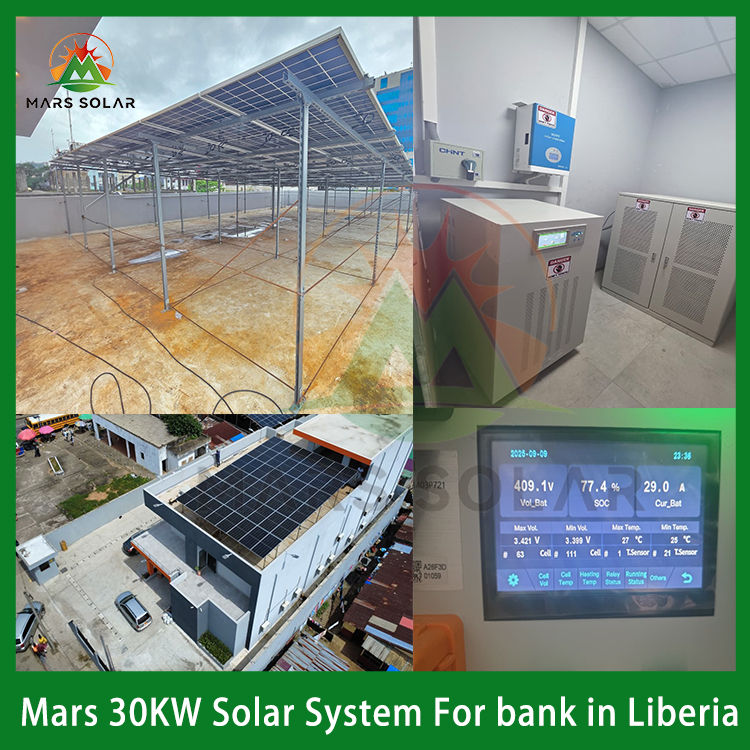 Customized Off-Grid Solar System for a Liberian Bank: Achieving Power IndependenWhen Banks Face the Challenge of "Grid Power Outages and Voltage Fluctuations": A Real-World Solution from Liberia In scenarios where the power grid is unstable and manual intervention is difficult, how to ensure the 24/7 stable operation
Customized Off-Grid Solar System for a Liberian Bank: Achieving Power IndependenWhen Banks Face the Challenge of "Grid Power Outages and Voltage Fluctuations": A Real-World Solution from Liberia In scenarios where the power grid is unstable and manual intervention is difficult, how to ensure the 24/7 stable operationDo you like ?0
Read more -
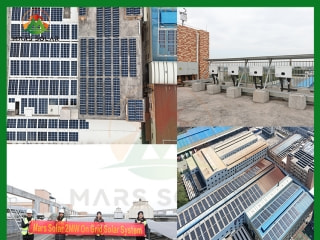 2MW Solar Panel System For Factory2MW mars solar grid-tied solar panel system for factory have designed, produced, and installed in a factory.How does Mars Solar build such a solar panel system for factory? 1. Data collection Before designing the plan, the factory owner vi
2MW Solar Panel System For Factory2MW mars solar grid-tied solar panel system for factory have designed, produced, and installed in a factory.How does Mars Solar build such a solar panel system for factory? 1. Data collection Before designing the plan, the factory owner viDo you like ?0
Read more -
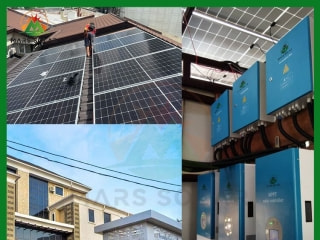 100KW Solar For Hotels And Resorts In NigeriaIn December 2024, the Mars Solar 100KW Nigeria solar for hotels and resorts project was successfully completed. In May 2024, the customer contacted Mars solar and had a series of communications on the solar for hotels and resorts project. The d
100KW Solar For Hotels And Resorts In NigeriaIn December 2024, the Mars Solar 100KW Nigeria solar for hotels and resorts project was successfully completed. In May 2024, the customer contacted Mars solar and had a series of communications on the solar for hotels and resorts project. The dDo you like ?0
Read more -
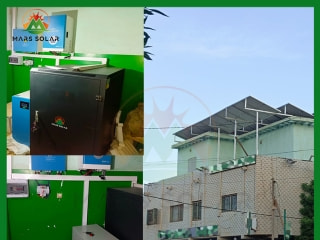 Reliable Energy Solutions for a Mali Pharmacy: 15KW Solar System Success StoryIn the heart of Mali, reliable electricity is a significant challenge, with power coming on for just 2 hours and then cutting off for 4 hours multiple times a day. This erratic power supply is particularly problematic for businesses that depend on consist
Reliable Energy Solutions for a Mali Pharmacy: 15KW Solar System Success StoryIn the heart of Mali, reliable electricity is a significant challenge, with power coming on for just 2 hours and then cutting off for 4 hours multiple times a day. This erratic power supply is particularly problematic for businesses that depend on consistDo you like ?0
Read more -
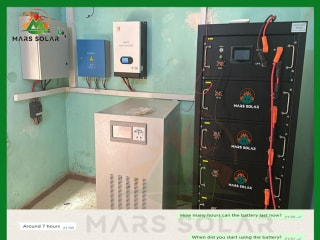 Harnessing the Sun: A Sustainable Solution for Abou's Family in MaliIn the heart of Mali, families like Abou's face daily challenges with electricity access, enduring power outages that can last up to 12 hours. To combat this, Abou relies heavily on a diesel generator to power his home, which includes essential applia
Harnessing the Sun: A Sustainable Solution for Abou's Family in MaliIn the heart of Mali, families like Abou's face daily challenges with electricity access, enduring power outages that can last up to 12 hours. To combat this, Abou relies heavily on a diesel generator to power his home, which includes essential appliaDo you like ?0
Read more

